Heat & Wind: Will these bald cypresses survive?
Pamchesbay
16 years ago
Featured Answer
Sort by:Oldest
Comments (37)
pinetree30
16 years agospruceman
16 years agoRelated Discussions
Bald Cypress vs. Dawn Redwood??
Comments (51)I've planted two Dawn Redwoods. One at my house ('Ogon') and a species type at my parents' house. This was the first year the 'Ogon' began making some strides w/ regard to height. The first growing year after I planted the species, it almost doubled in height; and the second growing season it did much of the same. They both responded well to the wet growing season we had. I had concerns about competing branches with my species type, but it worked itself out on its own. The 'Ogon' is quite flimsy still and requires staking. The species type is very sturdy, growing quickly both in height and caliper....See MoreDawn Redwood vs Bald Cypress
Comments (63)Beng, Initially, I thought it may be Taxodium mucronatum. I asked around. A few thought it looked like T. mucronatum. A director of university arboretum liked its form and asked for cones. He noted that the size of seeds fall in between mucronatum and distichum. The key difference between these two species is that mucronatum stays green about a month longer (starts growth early and can retain green foliage significantly longer into late fall/early winter. Even most of winter if it is mild enough. However, this one is drops its foliage at the same time as other bald cypress trees so who knows? I wish I could find out where it came from. I haven't seen any bald cypress like that....See Moredead bald cypress?
Comments (21)If one wasnt showing life here Id start to worry. About the alkaline soil thing.....I've read your posts before about alkaline soil and taxodium. They are supposed to be light green not dark green, at least all the ones Ive seen, including native stands, are not very dark green. Id worry if they were yellowm but not light green. Id have a tissue analysis done if you think one is chlorotic. This alkaline tolerant variety you spotted might just be a darker colored foliage variant. Analysis of the tissue is the only way to know if one in fact had a deficiency. Im scoping some native trees for witches brooms....I saw one, but must have been 60-70 feet up. At first I thought It was a birds nest but I looked with binoculars and its a broom. It looked like a climbable tree, but Im a little hesitant....If you climb it this next winter Ill share the scion wood :)...See MoreHeat Tolerant Conifers 2
Comments (44)cannot speak to heat tolerant conifers sad to say but i thought i would speak up for the surprising adaptability of Mexican conifers (Mexican oaks as well) to seemingly very different climates and localities. i have had gratifying success growing a number of species (likely mostly from areas with a summer rainfall maximum) here in the summer cool and dry (winter very wet) pacific north west (oregon coast)---including pinus montizumae, p. patula, p. pseudostrobus, p. estevezii,, cupressus montana, c. guadalupensis, and podocarpus matudae---.wonderful trees that once established seem to do well with little or no additional care....See MorePamchesbay
16 years agoPamchesbay
16 years agopineresin
16 years agoPamchesbay
16 years agoCarrie B
16 years agospruceman
16 years agoPamchesbay
16 years agoPamchesbay
16 years agoCarrie B
16 years agoPamchesbay
16 years agovancleaveterry
16 years agoPamchesbay
16 years agosam_md
16 years agovancleaveterry
16 years agoPamchesbay
16 years agoPamchesbay
16 years agovancleaveterry
16 years agoPamchesbay
16 years agovancleaveterry
16 years agoPamchesbay
16 years agolou_spicewood_tx
16 years agobil Bill
7 months agoBillMN-z-2-3-4
7 months agolast modified: 7 months agobengz6westmd
7 months agolast modified: 7 months agoPamchesbay
7 months agobengz6westmd
7 months agodavidrt28 (zone 7)
7 months agolast modified: 7 months agosam_md
7 months agobengz6westmd
7 months agolast modified: 7 months agodavidrt28 (zone 7)
7 months agoPamchesbay
7 months agobengz6westmd
7 months agoKW PNW Z8
7 months agolast modified: 7 months agobengz6westmd
7 months ago
Related Stories
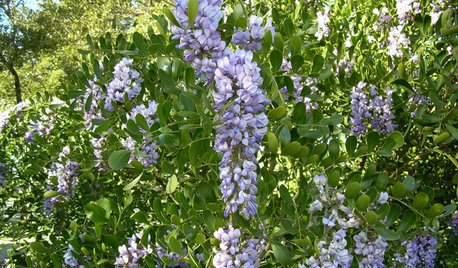
GARDENING GUIDESGreat Design Plant: Texas Mountain Laurel
An unusual scent and lush violet-blue blooms make this heat-loving plant a singular choice for your landscape
Full Story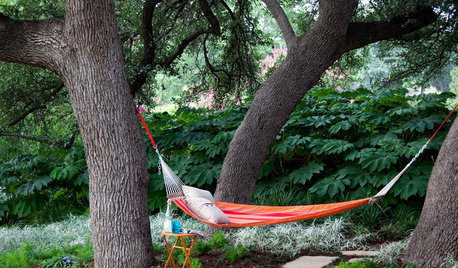
GARDENING GUIDES8 Essential Native Shade Trees for the U.S. Southeast
These beauties provide cool shade in the summer and easily withstand the heat and humidity of the South
Full Story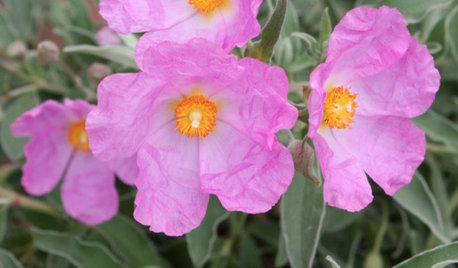
GARDENING GUIDESGreat Design Plant: Rockrose
Dry summer heat and poor soil won't quell the profuse papery blossoms of rockrose, a low-maintenance champion
Full Story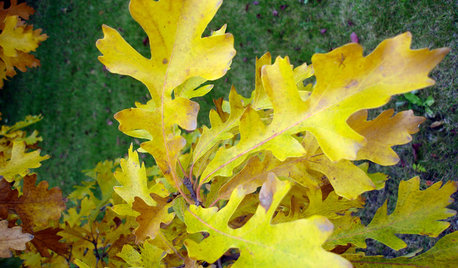
GARDENING GUIDESCelebrate Eastern Oaks for Wildlife, Longevity and Seasonal Interest
There might not be a more important tree to have in your eastern U.S. landscape — if you can fit one in
Full Story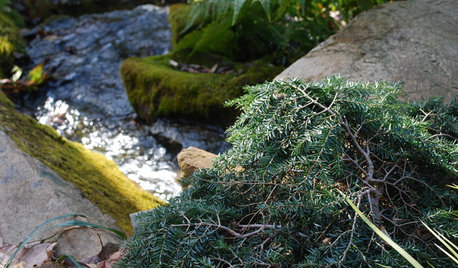
GARDENING GUIDESGreat Design Plant: Tsuga Canadensis ‘Bennett’
Bennett Canadian hemlock thrives in shade and provides sculptural interest in eastern U.S. gardens
Full Story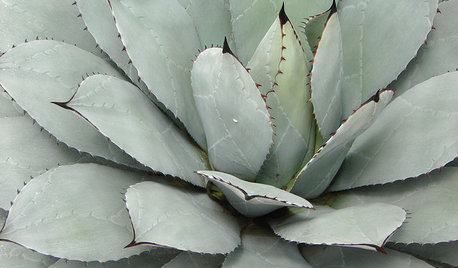
BLUE AND GRAY FOLIAGEGreat Design Plant: Parry's Agave
Don't let the spikes scare you away — this succulent is surprisingly friendly to gardeners whose landscapes lie beyond the desert
Full Story
GARDENING GUIDESGreat Design Plant: Red Kangaroo Paw
Plant this dramatic perennial in fall or spring for its height, hardiness and beautiful red blooms
Full Story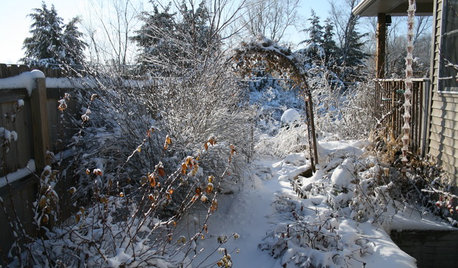
LIFE6 Ways to Beat the Winter Blahs
Snow and dark days dampening your spirits? These ideas will have you looking on the bright side
Full Story
FALL GARDENING7 Reasons Not to Clean Up Your Fall Garden
Before you pluck and rake, consider wildlife, the health of your plants and your own right to relax
Full Story
FARM YOUR YARDHow to Grow Vegetables in Containers
Get glorious vegetables and fruits on your patio with a pro’s guidance — including his personal recipe for potting mix
Full Story












PamchesbayOriginal Author